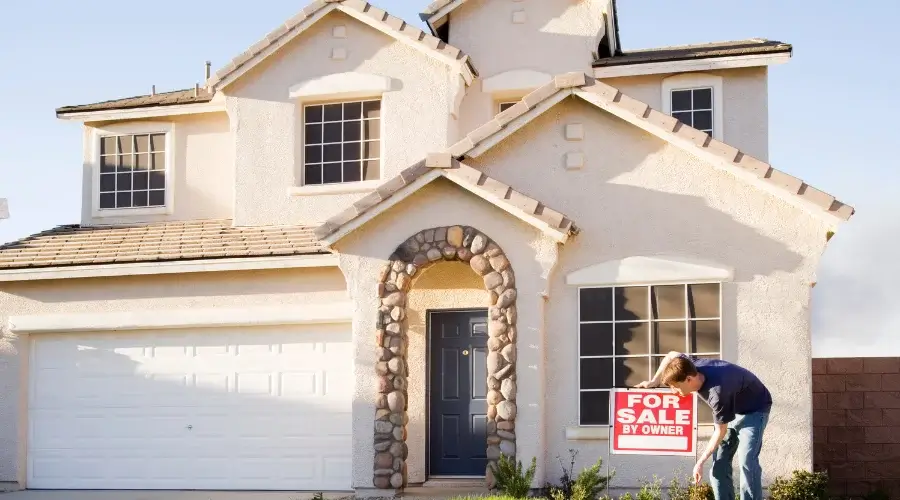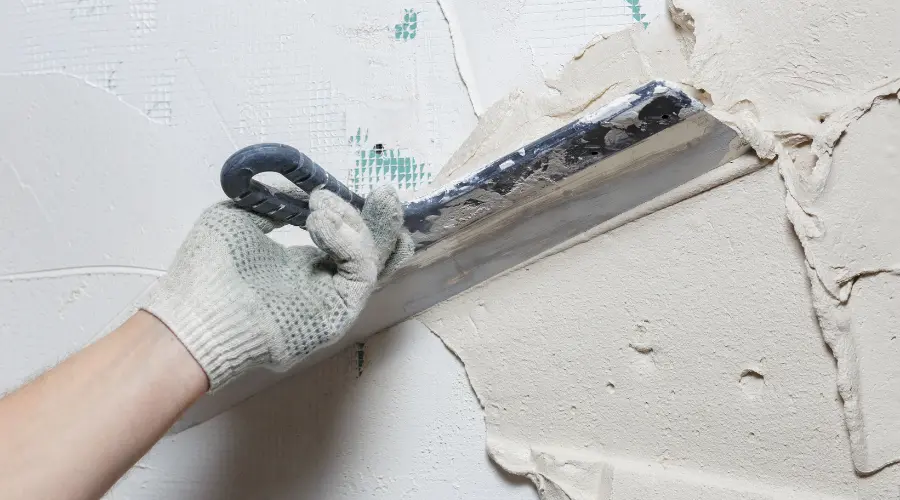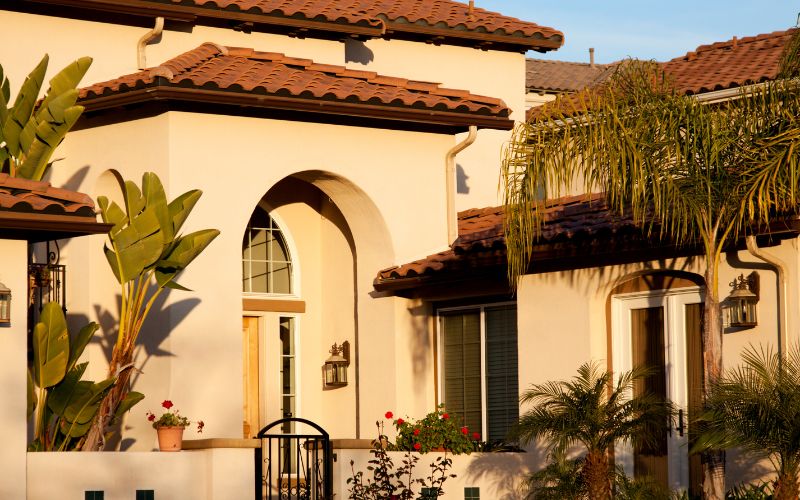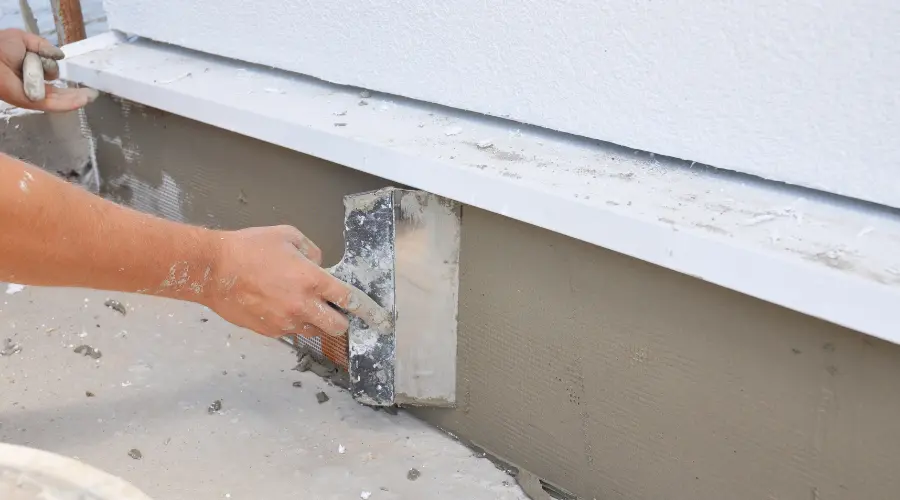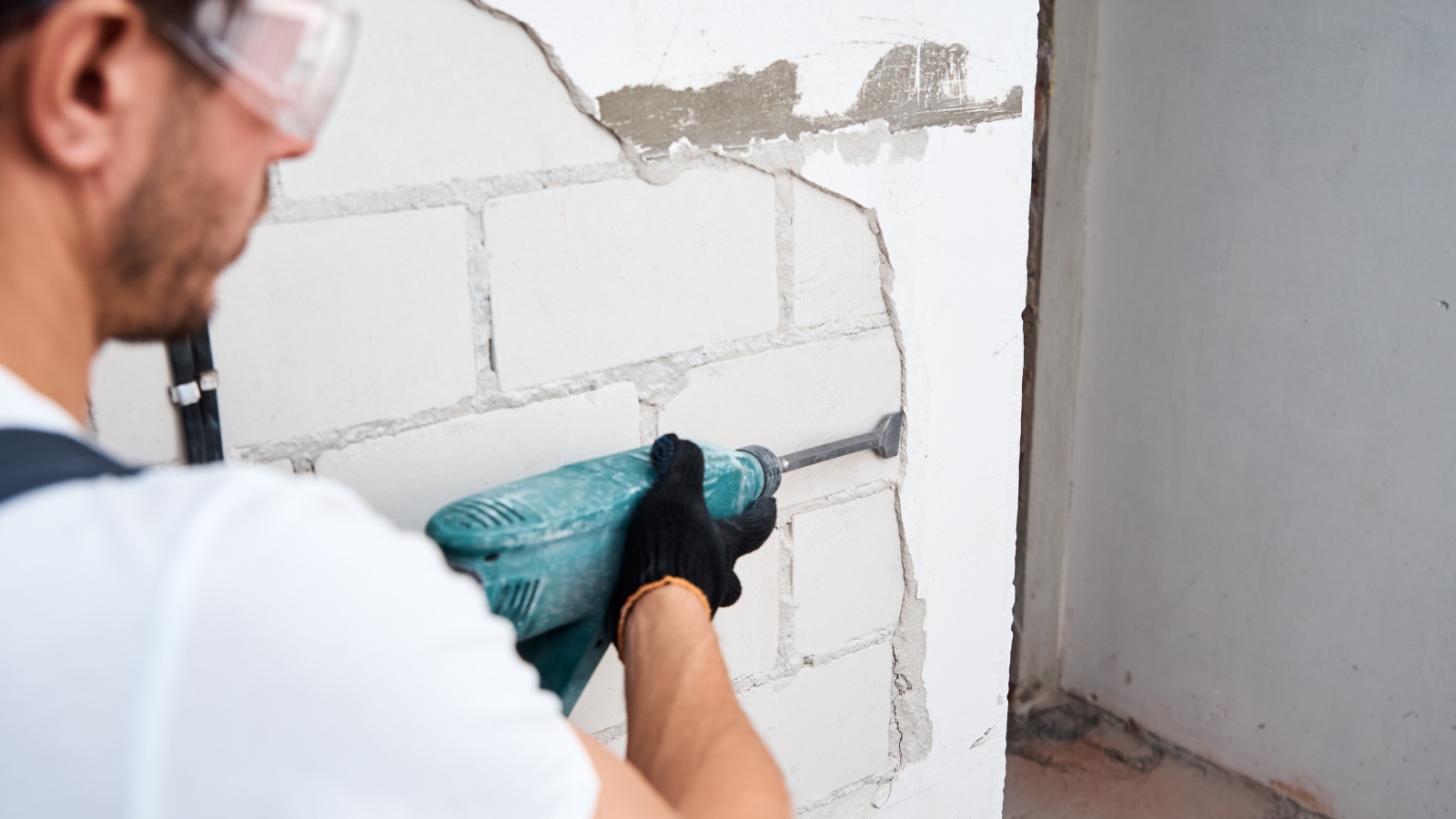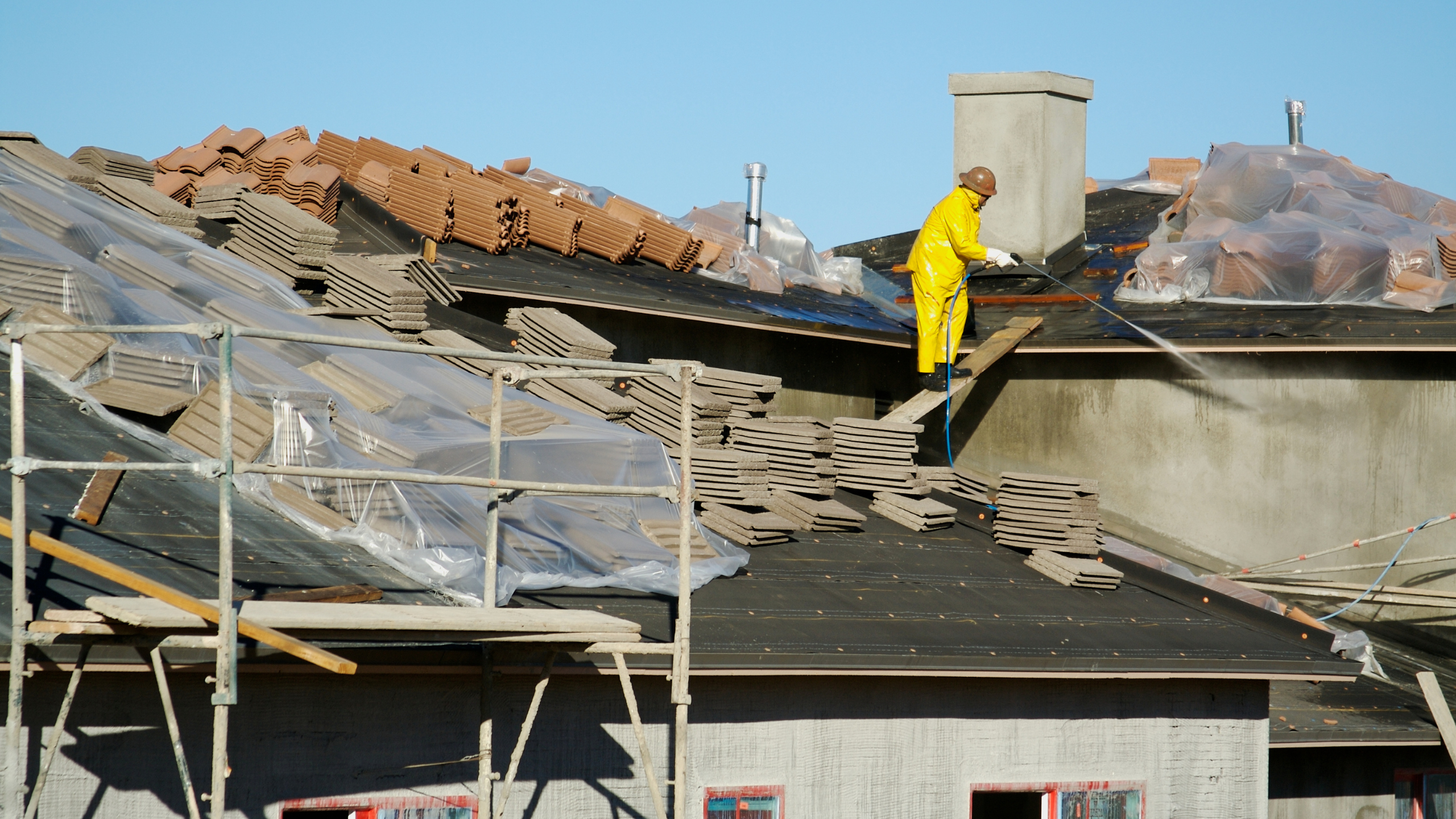Cracks in stucco can be more than just an eyesore on your property; they can signal potential structural issues if left unattended. Understanding how to prevent stucco cracks is crucial for maintaining your home or building’s aesthetic appeal and structural integrity. This comprehensive guide explores the what, when, why, and how of stucco crack prevention, providing a step-by-step guideline for effective maintenance.
What Are Stucco Cracks?
Stucco cracks are fissures or fractures that form on the surface of stucco, a standard exterior treatment for houses and businesses. Various circumstances may produce these fissures, including settling, temperature variations, or incorrect application during the original installation.
When Should You Address Stucco Cracks?
Addressing stucco cracks promptly is crucial. Small cracks, if ignored, can expand over time, leading to more extensive damage and potentially compromising the structural integrity of your property. Regular inspections are essential to catch and address cracks early on, especially after extreme weather conditions. For top-notch construction services for your home or business, contact CMB Edison Stucco & EIFS.
Why is Stucco Cracks Prevention Important?
The prevention of stucco cracks is essential for several reasons:
- It improves your property’s visual attractiveness. It is preserving its curb appeal and property value.
- Preventing damage helps maintain the stucco’s water-resistant properties, stopping water intrusion that can lead to mold and mildew growth within your walls.
- It ensures the longevity of your stucco finish, reducing the need for costly repairs.
How to Prevent Stucco Cracks: A Step-by-Step Guide
Step 1: Clean and Inspect Regularly
Regularly clean your stucco surface to remove dirt, debris, and any vegetation that may trap moisture against the stucco. During cleaning, inspect for any existing cracks or signs of damage.
Step 2: Repair Small Cracks Immediately
If you notice small cracks during your inspections, address them promptly. Use a high-quality stucco patch or caulk to fill the gaps, ensuring a smooth and seamless finish.
Step 3: Address Foundation Issues
Many stucco cracks are a result of settling or foundation issues. Ensure that your property’s foundation is stable and address any problems promptly to prevent further stucco damage.
Step 4: Apply a Quality Stucco Primer
Before applying a fresh coat of stucco, use a high-quality stucco primer to create a strong bond between the existing surface and the new plaster. This helps prevent future cracks and enhances the durability of the finish.
Step 5: Hire a Professional for Installation
For new stucco installations or significant repairs, hiring a professional is advisable. Their expertise ensures that the stucco is applied correctly, minimizing the risk of cracks.
Preventing stucco cracks is a proactive investment in your property’s long-term health and appearance. You may avoid problems by following these principles and dealing with them as soon as they arise. Enjoy a beautiful and structurally sound stucco finish for years to come. Don’t wait for cracks to become a significant problem – take action today and preserve the beauty and value of your home or building.

